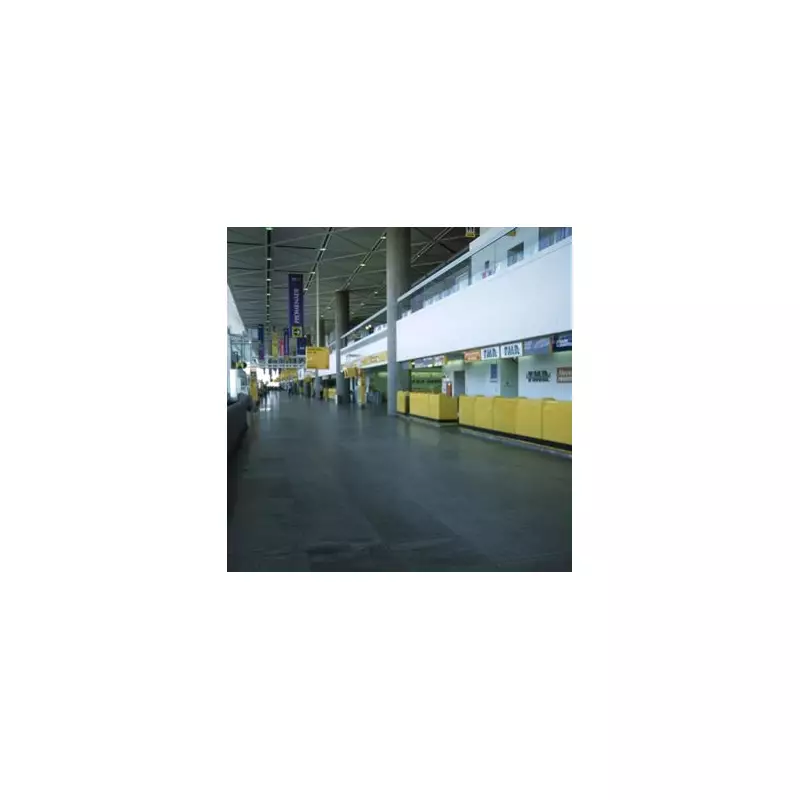
In a monumental tale of failed ambition, Canada's Mirabel International Airport stands as a stark warning against grandiose infrastructure projects built without foresight.
The Grand Vision That Uprooted Thousands
Back in 1969, the Canadian government embarked on what would become one of the nation's most infamous white elephant projects. Authorities cleared approximately 324 square kilometres of farmland north of Montreal, forcibly displacing around 10,000 local residents to make way for an aviation mega-hub.
Planners envisioned Mirabel as the world's largest airport, boasting six terminals and six runways capable of handling up to 60 million passengers annually by 2010. The airport opened in October 1975, conveniently timed for the Montreal Olympics, with expectations running impossibly high.
Critical Flaws and Rapid Decline
Instead of becoming a global aviation powerhouse, Mirabel faced immediate challenges. A promised high-speed rail connection between downtown Montreal and the airport never materialised, leaving travellers facing 90-minute journeys to reach their flights.
Domestic flights stubbornly remained at the older Dorval Airport (now Trudeau Airport), while international carriers were put off by Mirabel's isolation. Passenger numbers never exceeded three million annually – a mere fraction of the projected 60 million.
The final commercial passenger flight, an Air Transat service to Paris, departed on 31 October 2004. With no more passengers, the terminal building lost its purpose and began its slow decay.
Ghostly Legacy and Economic Consequences
By 2016, demolition crews had torn down the vast terminal building, though the airport site survives today as a cargo hub, aerospace testing ground, and aircraft assembly centre.
Perhaps the most haunting relic is the derelict Château de l'Aéroport-Mirabel, a 344-room hotel built beside the terminal during the 1970s boom. It closed in 2002, another victim of the airport's failure.
Economic leaders regard the project as catastrophic for Montreal's development. Benoit Labonté, president of Montreal's chamber of commerce, stated: "It was a catastrophe for Montreal. There was no point in any passenger coming into Canada to make a transfer at Montreal."
James Cherry, president of Aéroports de Montréal, summarised the fundamental problem: "The access to that site is a real problem. A lot of times it takes an hour and a half to get here, and the majority of air travellers these days are looking at flights of less than 2 1/2 hours."
Many analysts believe Montreal's failure to provide strong air connections directly contributed to Toronto overtaking it as Canada's commercial capital, with businesses shifting westward following Mirabel's disappointing performance.





